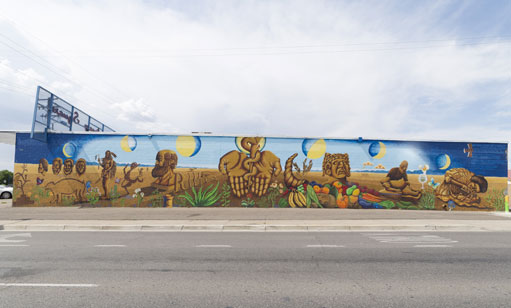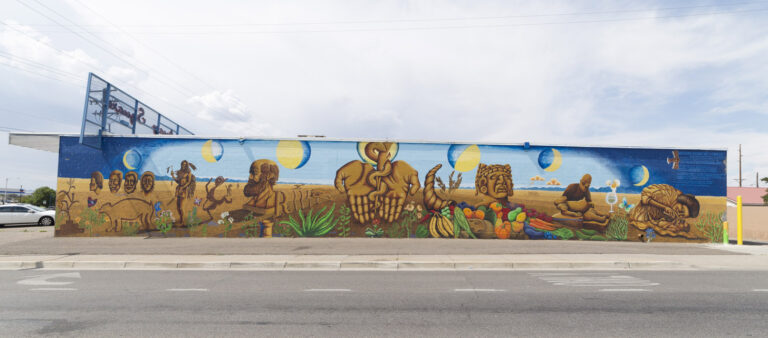Public Arts: The State Of The Arts
The Long View On Mural Work In Albuquerque


"Healthcare is a Right, Not a Privilege," a mural created through Working Classroom's ongoing public art project
Eric Williams Photography








